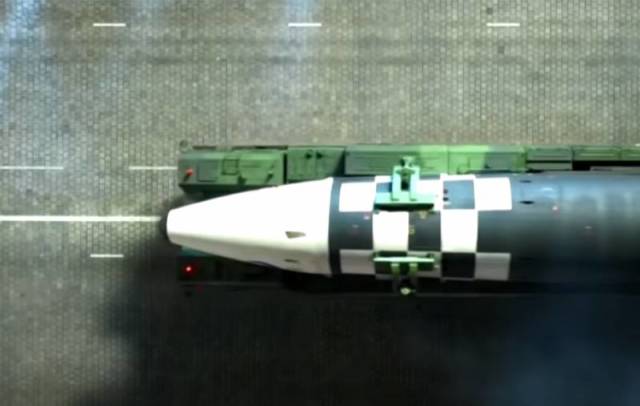 Illustrative photo
Illustrative photoThe Ministry of Defense of South Korea has spread information that the DPRK is going to test intercontinental liquid-fuel submarine-launched ballistic missiles in the near future. In addition, according to the military department, Pyongyang intends to conduct another nuclear test next spring. Information about North Korea's military plans is contained in a special report of the ministry compiled for a parliamentary audit, which began a few hours after the DPRK launched an intermediate-range ballistic missile flying over Japan.
— the press release of the Ministry of Defense of the Republic of Korea says.
The South Korean Defense Ministry stressed that Pyongyang is still capable of conducting nuclear tests. The nearest, seventh in a row, may be held as early as May next year, according to the South Korean military department. At the same time, it is not known whether this will be a test of a small nuclear charge or whether the DPRK will demonstrate an atomic weapon of great destructive power.
The ministry said that against the background of the growing military threat from the DPRK, Seoul intends to further strengthen the so-called "three-level system of deterrence." It includes the Kill Chain preemptive strike program, according to which, in the event of a possible DPRK attack on South Korea, the South Korean army will strike at the enemy leadership. To protect against missiles fired from the territory of the DPRK, Seoul uses a layered air defense and missile defense system. With such an attempt at explanation, the concept of a "preemptive" strike sounds strange.
Recall that this morning the DPRK launched a ballistic missile that flew over the northern Japanese prefecture of Aomori and fell outside the exclusive economic zone of Japan in the Pacific Ocean. This launch caused a big stir in Tokyo and Seoul. It is reported that the Japanese government, in connection with the launch of a North Korean missile, activated the J-Alert early warning system for residents of the northernmost main island of Hokkaido and northeastern Aomori Prefecture. Air alarms sounded in populated areas, residents were urged to take refuge in shelters.
